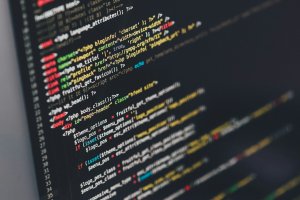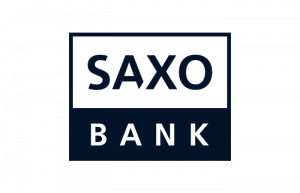Opinion: Cracks Are Beginning to Show In Tech Stacks…It’s Time to Address Them
The retail FX industry has rapidly evolved in the last 15 years so it’s no wonder that systems purchased or developed over the last 10 to 15 years are no longer fit for purpose. Patching up tech stacks is not the answer. The way forward for brokers is to streamline their operations with SaaS-based, customisable, consolidated tech stacks.

We’ve been involved in the industry from the early days. Back then, trading platforms were fairly advanced but the technology surrounding these platforms was in its infancy. Unless brokers had the resources to build solutions in-house, they typically took whatever solutions they could find from third-party providers (either from within the industry or outside it) and built their tech stack bit by bit – for example, adding in a CRM, payment providers, business intelligence tools, back office solutions etc., all on an ad hoc basis. There was no long-term tech strategy, the focus was simply on bolting on new tech in response to market developments and client demands.
This piecemeal approach served the industry well for many years. But that time is now over. The cracks are beginning to show. Many small to mid-sized brokers find they have five different tech providers, all now doing something fairly similar. They are very reliant on their CTO resolving regular ongoing issues caused by having multiple legacy systems which don’t ‘talk to each other’, resulting in numerous problems such as delays moving data between different reporting tools. In parallel, the brokers are finding it difficult to recruit people in-house with the IT skills required to manage all these systems. The setup has become unnecessarily complex.
In addition, some of the larger brokers are finding that their reliance on legacy systems not only means their tech stack has limited functionality but also that they are spending more money maintaining systems that are no longer fit for purpose.
The good news, however, is that the market has changed. Industry-specialist tech providers, like ourselves, have evolved significantly, with far more sophisticated solutions which look at a broker’s current and future needs. A tech stack can easily be integrated and simplified, without taking up significant resources from the CTO or broker’s in-house tech team. Today’s brokers typically use multiple trading platforms, multiple payment providers, and a wide range of applications from numerous different providers. Operating in a highly competitive environment, they also need the right technology solutions to ensure that traders can be onboarded quickly and efficiently, with a great user experience. Ultimately, they need a simple, cost-effective way to integrate the various components and build and manage their tech stack in a robust, secure way.
My top three tips for brokers reviewing their technology setup is:
1) Replace hard-wired systems with a SaaS model.
2) Don’t let your technology capabilities limit your sales and marketing – for example, if you want to launch a competition, a new IB structure or a prop firm, you should have the flexibility within your tech stack to be able to do that.
3) Do a needs analysis. What is your weakest link? What is holding you back from progressing to the next level? If it’s your technology – then it’s time to look at your whole stack, not just patching up one single component. The driver for upgrading technology isn’t to change for the sake of it, it’s to ensure that you stay competitive.

If it’s time for a change, what should brokers be looking for? Put simply, they need to look at plug-and-play SaaS solutions that are easy to customise themselves and in which new features and tools can quickly be bolted on without further development. Self-management is undoubtedly the way forward. Brokers should be able to tailor-make their own solutions, with the workflows that suit their specific requirements. They should prioritise having all the tools in one simple setup. This will allow them to grow and will also enable them to focus their in-house resources on sales and marketing, generating revenue for their brokerage.
David Nussbaum is Founder and CEO, Skale. He is a qualified Electronic Engineer who began his career at British Aerospace and Reuters in London before moving to Israel in 2007 where he became involved in fintech, focusing specifically on the FX industry. He set up Forex Web Design in 2012 which evolved into Skale in 2017 having spotted a gap in the market to develop an enterprise-grade CRM and client portal for FX brokers of all sizes which is easily customisable by brokers themselves.
The subject matter and the content of this article are solely the views of the author. FinanceFeeds does not bear any legal responsibility for the content of this article and they do not reflect the viewpoint of FinanceFeeds or its editorial staff.









